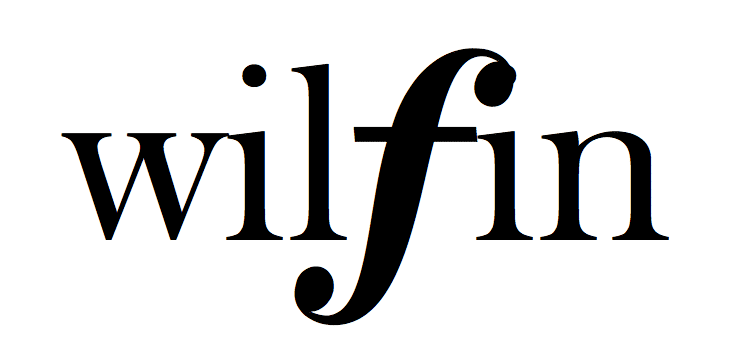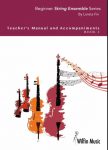Description
TEACHER AND ACCOMPANIST NOTES BOOK TWO
This method has been trialled with students aged between 7 and 9, over many years. Depending on the frequency and duration of lessons, timelines may vary, but essentially, students can play tunes quickly and experience success early on. Book 1 is taught mostly aurally: no staff-reading. Singing is the key – letter
Some ideas and suggestions for using this book with your young student or string class.
ACCOMPANIMENTS – Like me, many string teachers have had limited experience as pianists, but we often need to “accompany” our students, because having a “reference point” for intonation is vital in the early stages of string playing. Therefore, my accompaniments are mostly based on chords – and the experienced accompanist should feel free to embellish rhythmically and be CREATIVE. For those who are less experienced pianists, I encourage you to start slowly and you will find that you will soon conquer your fear of playing piano accompaniments – at least sufficiently for what your students will require in the lessons. Most contain only 2 or 3 chords.
BOOK TWO NOTES – These accompaniment parts show the treble clef solo part, but all 4 books are the same, once the common strings are being used in a string class context. I will include some suggestions as to how I teach the various concepts. These are merely suggestions. Feel free to add, subtract and CREATE. If the students have used BOOK 1, they will progress through this book very quickly, as they will already be familiar with the name of the note, how many fingers and which string. They will have also learnt pizzicato and arco. If they have not used Book One, this book can stand alone. It is up to the teacher when to start using the bow, but I would suggest pizzicato first, then arco, once the left hand has been set up.
IDEAS for CONCERTS – I often do a kind of “demonstration lesson” for the parents at concerts, to show them all the clever things the students have learnt. They show all of their singing and hand signs, solfa, letter names etc. In my mixed string class, we also discuss and demonstrate what is DIFFERENT about each instrument and why. Similarly, you can demonstrate the different dynamics and techniques used in the pieces. This introduces the concept of MUSICIANSHIP and ENSEMBLE. We are an ENSEMBLE from DAY ONE and we are MUSICIANS from DAY ONE.
A digital keyboard can come in handy. You will be amazed at how many times children are prepared to play a scale if there is a different rhythm accompanying them. This frees the teacher up to walk around the room. SING everything – using solfa or letter names, fingers, bowing direction, bowing speed. In a string class, get everyone to sing the bass fingering or cello fingering. Get them to swap in the middle of a song – keep them thinking. This all serves to consolidate memorisation, but also gives them ideas for their own practice at home. Everything is difficult before it becomes easy, so we say “I can’t do it YET, because I haven’t done it ENOUGH”. We never say “it’s too hard”.
SOME IDEAS FOR SUPPLEMENTING THE REPERTOIRE – Find out what they are singing in classroom music. If it’s a Kodaly or Orff based program, any song using “do re mi so la” can be “translated” into letter names. Get the students to work it out. This increases the repertoire and helps memorisation enormously. Students may “work out” a song on their instrument. Get them to teach it to the others. E.g. a student of mine worked out Lavender’s Blue from Cinderella. Many nursery or folk tunes will work. In my program, we use Book One in Semester 1 and move to note-reading in Semester 2, using Book Two.
| Composer |  |
Loreta Fin |
| Standard |  |
Beginner |
| Catalogue No. |  |
BSESTMA02 |

